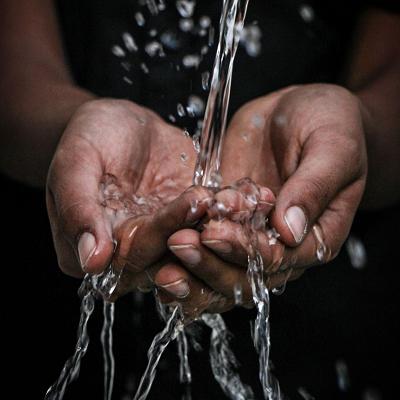In today’s world, water conservation is a critical concern, and household consumers play a significant role in addressing this issue. While industrial and agricultural water consumption often take the spotlight, the impact of household water usage should not be underestimated. According to an analysis published by an environmental magazine, outdoor watering accounts for nearly 30% of household water use, followed by toilets (19%), washing machines (15%), showers (12%), and faucets (11%). Additionally, approximately 10% of water is lost to leaks, which are often difficult to detect.
The integration of IoT (Internet of Things) technology offers a promising solution to revolutionize water conservation at the household level. By leveraging smart water meters and sensors, IoT technology can empower homeowners to monitor and manage their water usage more efficiently, ultimately leading to significant water savings.
Smart water meters, a key component of IoT-enabled water conservation, provide real-time insights into water usage. Unlike traditional analog meters, smart water meters can communicate usage data wirelessly, enabling homeowners to access their water consumption information remotely. This not only promotes awareness but also allows for immediate alerts if excessive water usage is detected. By eliminating the need to wait for billing cycles to receive consumption information, homeowners can proactively manage their water usage and identify potential areas for improvement.
In addition to smart water meters, IoT technology facilitates the deployment of smart water flow sensors within households. These sensors play a crucial role in detecting leaks and abnormal water flow patterns. By continuously monitoring water flow, the sensors can promptly alert homeowners to potential leaks, enabling them to take immediate action to address the issue. This proactive approach not only minimizes water wastage but also helps in reducing water-related expenses and preventing property damage.
Moreover, IoT technology enables the seamless integration of water-using appliances with cloud-based systems, allowing for real-time monitoring and analysis of water usage. By wirelessly connecting appliances and transmitting data to cloud platforms, homeowners can gain valuable insights into their water consumption patterns. This includes the ability to monitor usage trends over time, compare daily, weekly, and monthly water usage, and accurately assess the water consumed by individual appliances. This level of visibility empowers homeowners to make informed decisions about their water usage, leading to more efficient and sustainable consumption habits.
The benefits of IoT-enabled water conservation extend beyond water savings. By leveraging smart communication, sensor technology, and real-time analysis, homeowners can save significant amounts of money and time that would otherwise be spent on detecting and addressing water-related issues. This proactive approach not only promotes environmental sustainability but also enhances the overall efficiency and cost-effectiveness of household water management.
In conclusion, IoT technology presents a transformative opportunity to enhance household water conservation efforts. By embracing smart water meters, flow sensors, and real-time monitoring capabilities, homeowners can play a proactive role in reducing water wastage, minimizing expenses, and contributing to a more sustainable future. As the world continues to prioritize environmental sustainability, the integration of IoT in household water conservation is poised to play a pivotal role in shaping a more water-conscious society.
For more information on IoT solutions for water conservation and other innovative technologies, contact WhizNets today.
